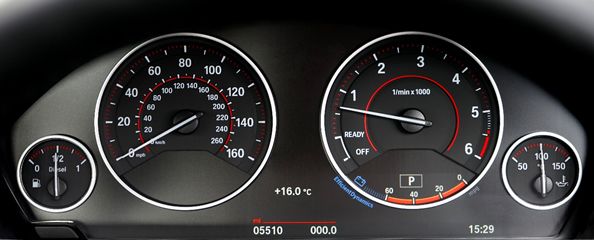What is a CVT Transmission?
CVT is short for Continuously Variable Transmission. They are a different twist on the automatic transmissions most of us are familiar with. Many auto manufacturers are now incorporating CVT transmissions into their smaller cars and light SUVs. The original concept for a CVT transmission was from none other than Leonardo DaVinci back in 1490. It wasn’t officially patented in the US until 1886 by Daimler and Benz. CVT transmissions are used in more than just automobiles. They are very common in snowmobiles, ATVs (Four wheelers), and UTVs (Side by sides). Mainly due to the simplistic design and compact size.

What makes a CVT different from a regular automatic transmission? The short answer is gears. A regular automatic transmission starts out in a low gear and gradually shifts to higher gears as the vehicle accelerates. Think of it as an automatic version of a manual transmission. Each gear has a distinct, non-changing, gear ratio associated with it. If you need to climb a hill or accelerate quickly to pass someone, the automatic transmission will down shift, to a lower gear, which aids in acceleration. The CVT transmission does this by squeezing a belt or chain between two tapered cones. The engine RPM (Revolutions Per Minute) will increase to the optimum speed for power and efficiency. Also known as the engine power band. The drive pulley squeezes the belt or chain. Then as the vehicle accelerates, the drive pulley cones start to squeeze together. Which causes the belt or chain to ride up on the tapered pulleys, changing the output gear ratio. This happens very smoothly and allows for infinite gear ratios. Keeping the engine in the optimum power band and increasing vehicle fuel efficiency. As good as this sounds there is always more to the story.
What are the advantages to CVTs?
- Increased fuel efficiency.
- Smooth vehicle operation.
- Maximum power from smaller engines is applied to vehicle motion.
- Does better in hilly or mountainous terrain. Does not hunt for a lower gear like a traditional automatic transmission.
- Simpler design.
- Compact size.
What are the disadvantages to CVTs?
- Applications are limited by vehicle weight and engine power output.
- Not good for towing.
- Noisier operation than traditional automatic transmissions.
- Require very specific, high-cost fluid.
- Life expectancy is less than a traditional automatic transmission.
- High replacement cost.
How do I know if a vehicle has a CVT? There are two ways to easily tell if a vehicle has a CVT transmission. The first is to look at the gear shift lever indicator. Most CVTs will have PRNDL on the indicator. They do not indicate a low gear with a number. The second, and more accurate way is to drive the vehicle. A CVT vehicle will allow the engine to rev up and hold that RPM while the vehicle is accelerating. The Tach does not rise and fall with each shift as the CVTs don’t shift between gears. As the vehicle accelerates the drive pulley cones squeeze together and change the output gear ratio.

What do I need to know as an owner of a CVT vehicle? There are a couple of key areas of consideration when owning a CVT vehicle. First, due to their design, they transfer power from one pulley to the next using friction. Friction builds heat and heat breaks down fluid. Fluid changes are vital to the life of a CVT. Second, is use. CVT vehicles are designed for general commuting use. With a focus on efficiency and good fuel economy. Towing, hauling heavy loads, adding exterior components that cause wind drag, or increased engine power modifications all work against the CVT and build excessive heat. Which leads to reduced transmission life and/or CVT failure. The average life expectancy of a CVT is usually around 100,000 miles. With regular fluid exchanges and thoughtful driving that can be extended. My wife and I owned a Ford Freestyle that we drove more than 200,000 miles without any transmission issues. We stayed on top of the fluid services and were mindful of how we used the vehicle. It worked out well for us. We were also aware that if the transmission failed, the repair cost would exceed the value of the vehicle. We ended up trading it off before we experienced a failure.
My Final thoughts. If you are looking for an economic commuting vehicle, then a CVT vehicle might be a good choice. They drive smoothly and usually get decent fuel economy. If you are purchasing one, look for one with lower miles. High mileage CVTs with lack luster maintenance are prone to failure. If you are looking to pull a trailer, haul loads, or are performance minded, then a CVT vehicle would not be a good choice for you.
- Aaron B.